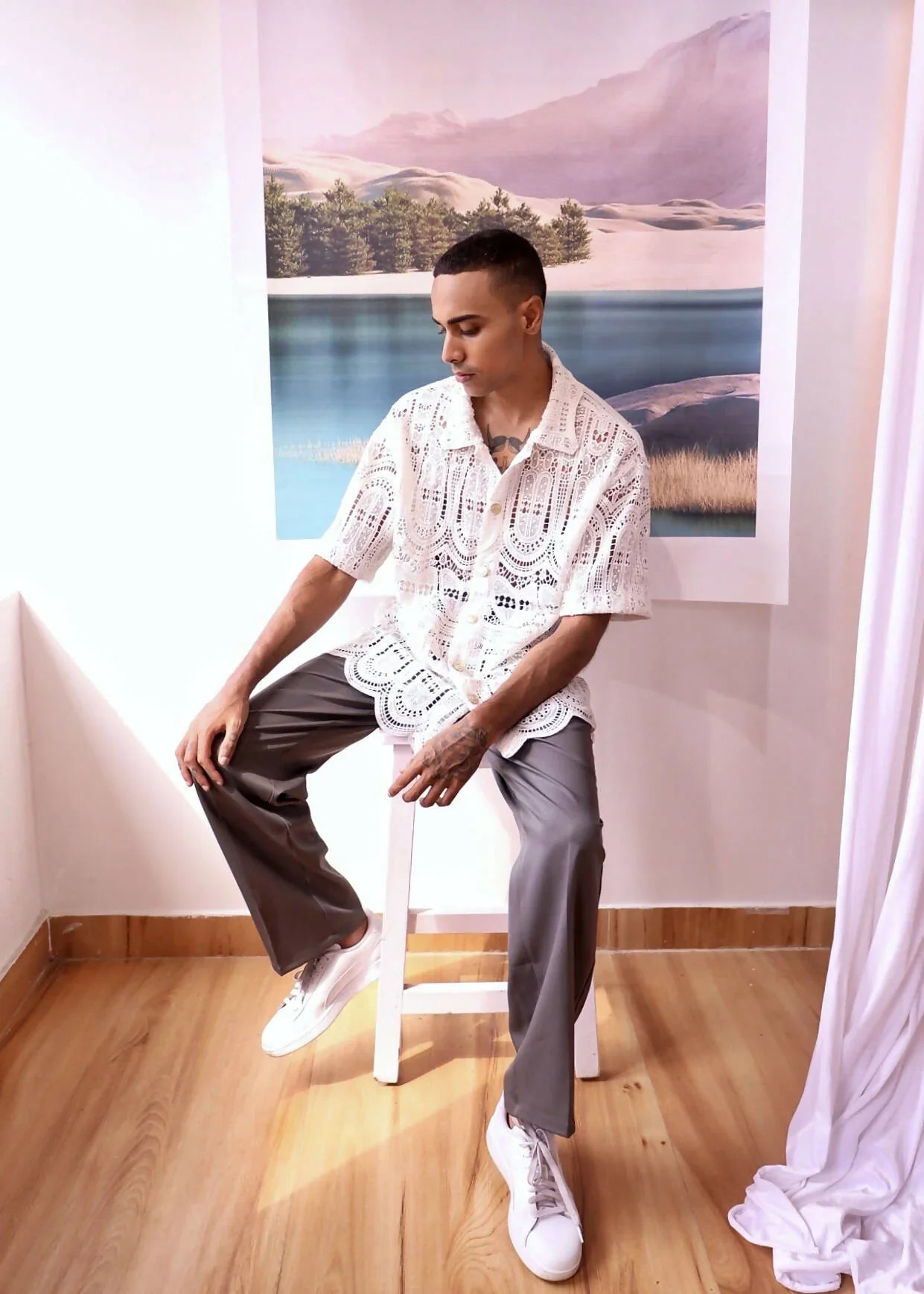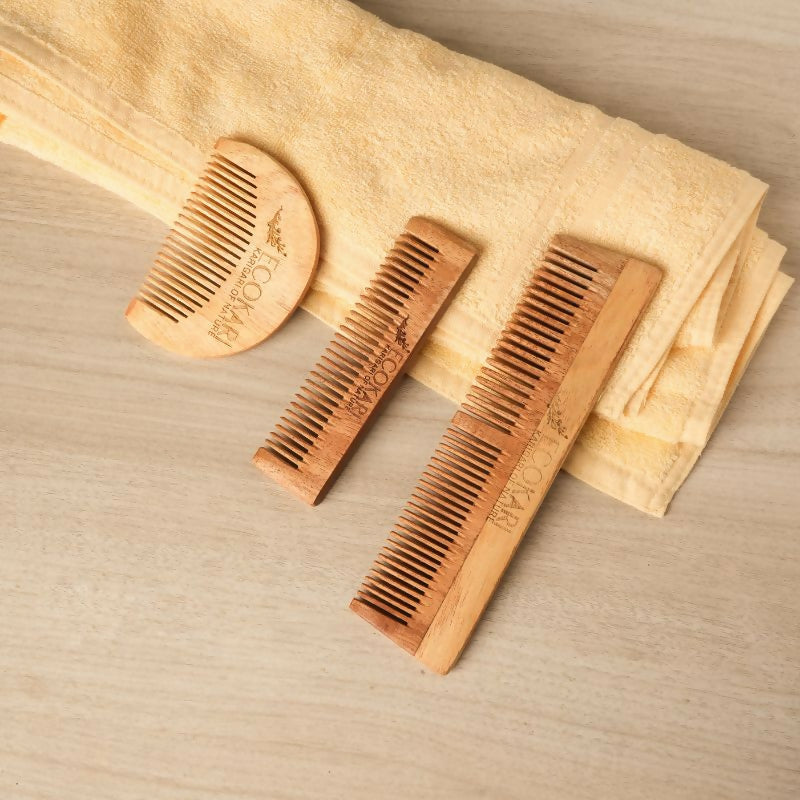Upcycling across cultures: Exploring unique traditions and techniques

PRESERVING HERITAGE
Upcycling, the skilled craft of turning used materials into something valuable, serves as a beautiful way to uphold and protect diverse cultural customs. Embracing fabrics and patterns from different cultures through upcycling adds richness to responsible modern fashion. It is inspiring to witness the unique traditions and techniques in upcycling from across the globe that incorporate these practices into creations and contribute to keeping these valuable traditions alive.
Below are some techniques from different countries that have been practicing forms of upcycling for centuries.
INDIA: KANTHA
Kantha is an Indian embroidery technique that is been in practices for ages. It involves using simple running stitches to create intricate patterns and designs. For centuries, Kantha has been employed to craft quilts, garments, and home decor by layering and stitching together old saris and cloth scraps. This sustainable practice not only breathes new life into worn fabrics but also results in beautifully textured and patterned pieces.
Here's a link to the collection on Refash which ranges from skirts, shirts for men and women, sarees, shorts, brooches, and bags that has been exquisitely made using kantha embroidery.
JAPAN: SASHIKO
In Japan, the art of Sashiko involves stitching together fabric pieces with decorative patterns for reinforcement and beauty. This age-old technique aligns seamlessly with the principles of upcycling.
Here's a link to an exclusive collection on Refash that includes a top, a skirt, shorts, pouches, and wallets crafted using the Japanese technique of sashiko.
CHINA: PATCHWORK
In China, “Bai Jia Yi” translates to “Hundred Families Robe” or “Hundred Patchwork Robe.” It is a traditional Chinese patchwork technique that involves creating garments and other items by piecing together small, colourful scraps of fabric.
This practice, centuries old, has passed down through generations. It serves as a form of upcycling, taking fabric scraps that would otherwise be discarded and transforming them into highly valued items.
“Shui Tian Yi,” translating to “Paddy Field Clothing,” represents another patchwork technique. It involves arranging fabric pieces in a pattern resembling rice paddies.
Both of these practices boast deep-rooted histories and have been seamlessly integrated into modern upcycling projects. The front and back images below, taken from the Met Museum, depict a traditional rice-paddy robe.


EUROPE: DARNING
Darning is a technique that various cultures around the world use to repair fabric. In Europe, darning has a long history, with people practicing it for centuries to mend holes and worn areas in fabric. People employed this technique, particularly in times and places where the fabric held high value and required intensive labour to produce.
Multiple cultures developed darning as a basic textile repair technique, and the specific techniques and styles may vary. Nonetheless, the fundamental concept of using a needle and thread to repair fabric remains universal.
The images below from the Met Museum show old darning samplers.


Adopting old upcycling techniques from various cultures creates a sustainable and beautiful heritage that is cherished and passed down through generations. This artistic exchange across generations enriches our creative expression and aids in building an adaptive, eco-conscious mindset. Amidst an ever-changing environment, upcycling stands as a timeless tradition.










Leave a comment